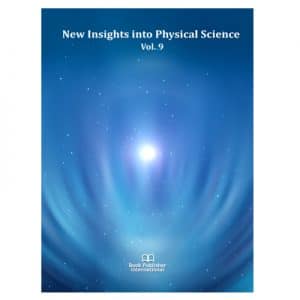A. Einstein arrived to the conclusion that their equations of General Relativity generated, necessarily, a dynamic model of the Physical Universe, so contradicting the common criterion of a static Universe. Then, he proposed the constant Ʌ term to force his equations to coincide with such criterion. Therefore, the respective De Sitter equation was, for a powder cloud Universe:

However, if the external Space density ρ tends to 0 and Ʌ was discarded by A. Einstein, the positive and negative volumetric acceleration tensors should mutually cancel and the General Relativity could not be applied in the external Space. Otherwise, A. Friedman gave solutions to the Einstein’s equations, showing that the Physical Universe could expand or contract without the Ʌ term. Later, Einstein confessed to G. Gamow that the Ʌ inclusion was his “worst blunder”. G. Lemaitre predicted in 1927 and E. Hubble confirmed in 1929 the expansion velocity of the Physical Universe, expressed by their equation: v = Hr, where r is the radius of the Observable Universe and H is a parameter whose value has been searched since 1930, assuming different v values. In 1995 A. Riess et. al. discovered the accelerated property of such expansion. An equation for the Space acceleration expansion was proposed by the author in the first article as ΓH = H2r/2, assuming it as a constant (~2×10-7 cm.s-2) in the simplest case. Besides, in the second article, it was deduced the H value as a time function: H = 2/t (s-1). However, with the praised intention of the scientific community to demonstrate the no-blunder character of Ʌ, it has been applied to name a mysterious type of energy (the dark energy) that would represent the main component (71%) of the Universe and be the cause of the Universe expansion. In fact, there existed a tremendous quantity of thermal energy (originated at the Big Bang) that was adiabatically transformed in expansive work of the Space and, at lower temperatures (in the order of the lepton´s binding energies) it partially condensed in matter to form the Physical Universe; the rest of the energy continued its redshift till the present CBR.
Otherwise the classical inverted cone of time, based on the constancy of c into the Physical Universe, must change its slant form when referred to the total Universe (i e to the total expanding Space) from a right line to a parabolic line. It would mean that, from the time t ~ to/3, the Universe radius has been larger than previously assumed, as it is shown in the 3rd article of this book.






Reviews
There are no reviews yet.